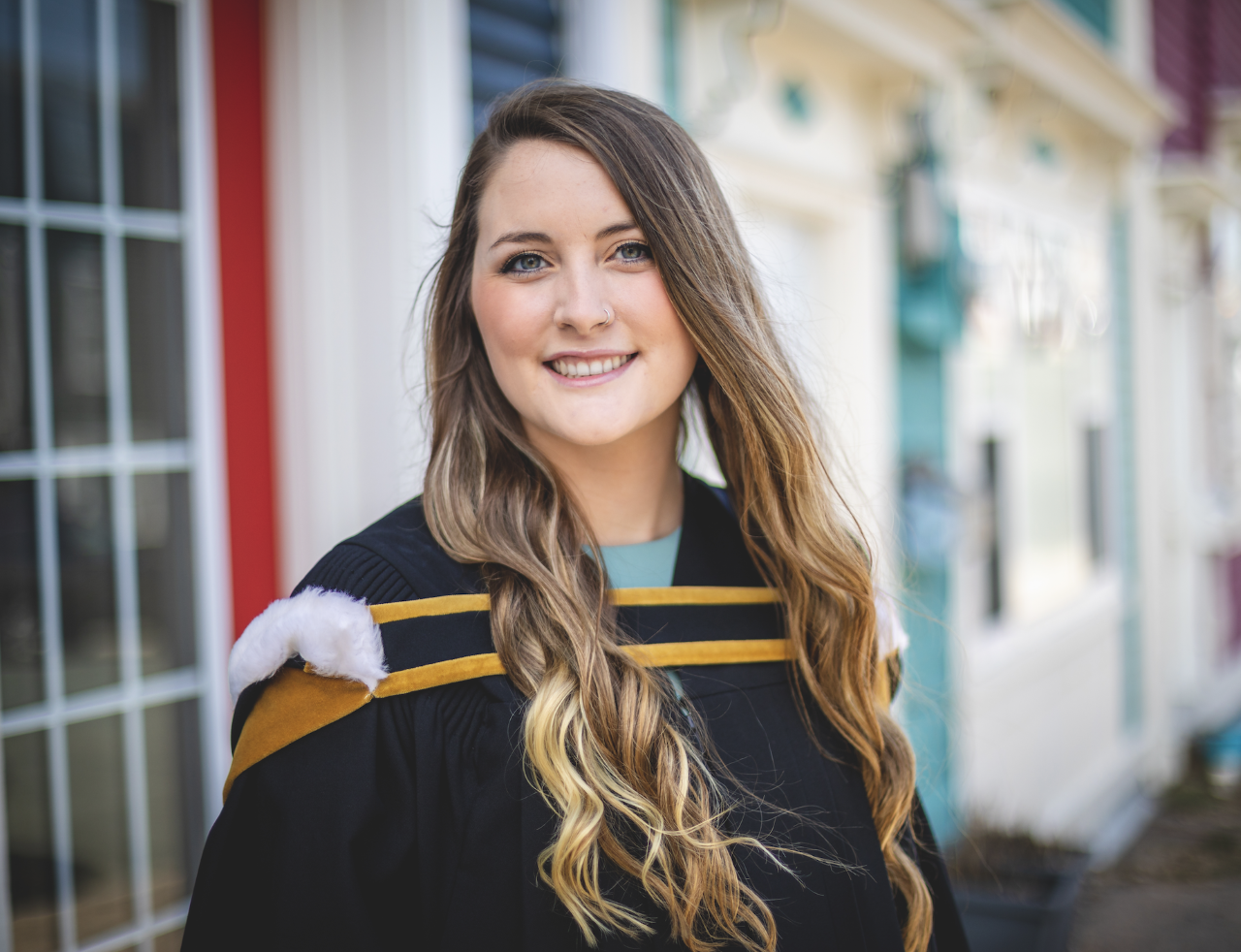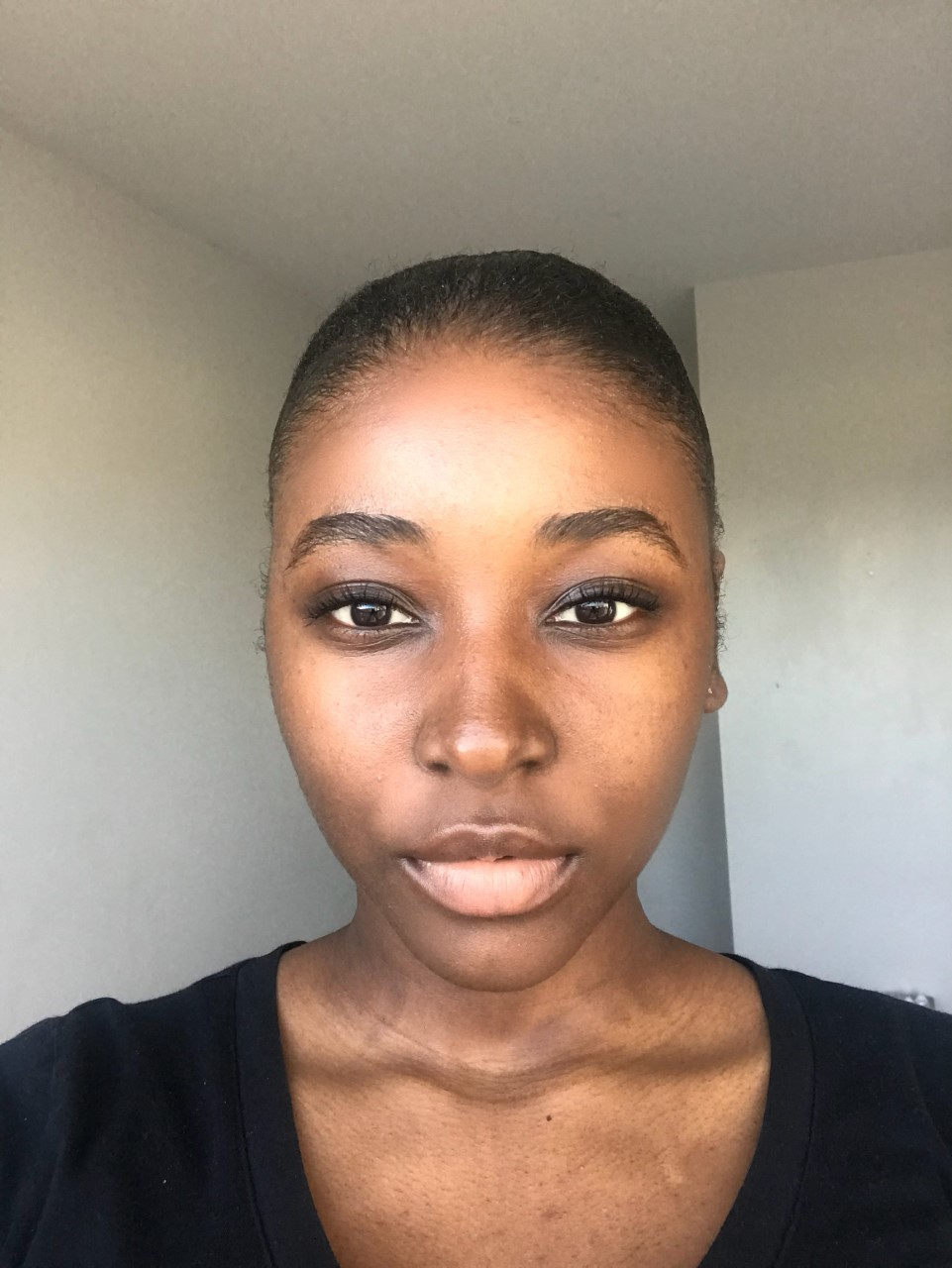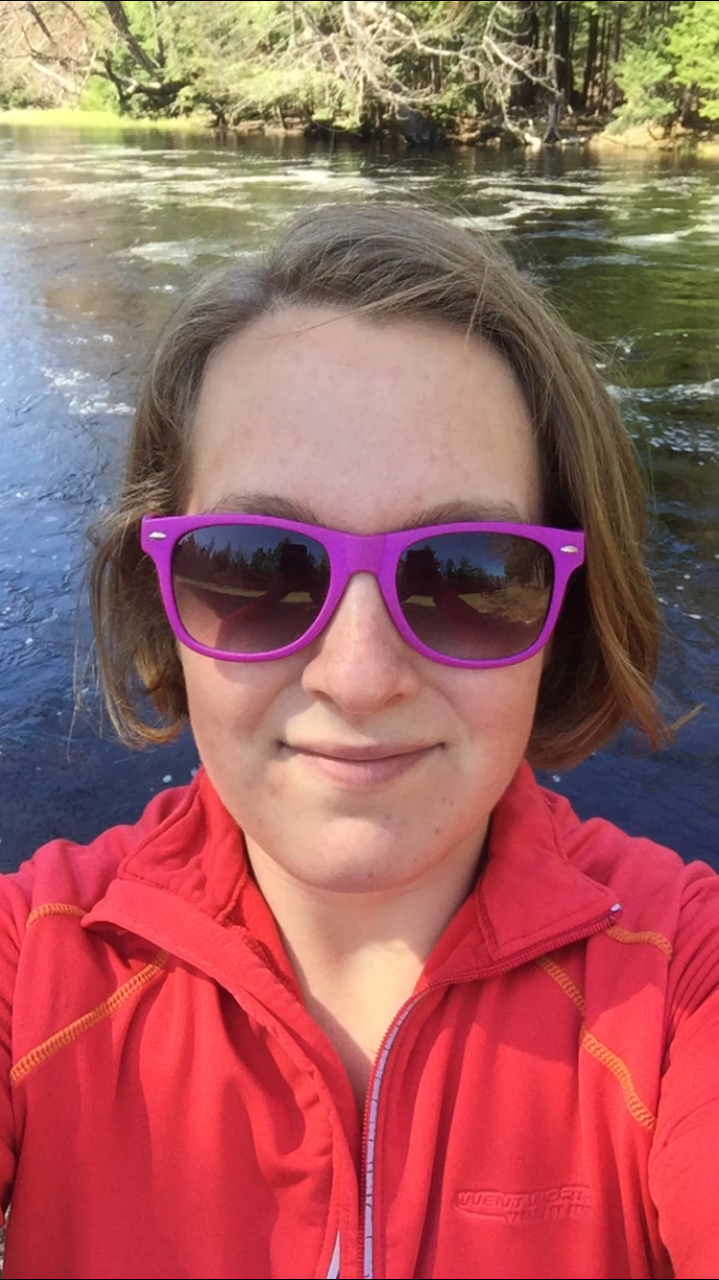App: Be Well
Hosted in ArcGIS Online:
Mission statement
Vision:
Be Well aims to provide users with the opportunity to get up to date information on water quality in Nova Scotia. The intention of this app is to make an app that allows users to ensure they have safe, clean drinking water.
Be Well allows people to see the locations of possible pollutants in relation to the location of their well.
National Pollutant Release Inventory data was used to map the location of facilities that report the release of toxic substances, air pollutants and other substances of concern to air, water, and land. In the future, we hope to be able to allow people to upload water test results anonymously to the map.
When results of water tests are made publicly accessible and presented visually, people will become aware of water issues when they do arise, and the hope is that action will be taken before peoples’ health is negatively impacted by poor quality drinking water.
Why Safe Drinking Water is Important:
Clean, safe drinking water is an inherent human right, yet the issue is a considerable concern within Nova Scotia. The documentary “There’s Something in The Water” directed by Ellen Page and Ian Daniel brought attention to the issue of the impact of contaminated water on the health of individuals.
There are about 200,000 private wells in the province, representing more than 440,000 people (Armstrong, O’Toole, McSheffrey, & Woodford, 2019). Almost half of the province’s population relies on water that has been found to contain varying levels of lead, arsenic and uranium depending on the area. The placement of facilities that release pollutants into the air, land, and water, near wells provides further risk of contamination (Armstrong, et al., 2019).
This contamination can lead to major health issues.
Numerous instances exist within Nova Scotia in which communities are currently or were previously adjacent to dumps and other pollutant sources. One example of this is the north end of Shelburne, which is adjacent to the Shelburne dump that shut down in 2016 (Ore, 2018). In Shelburne, community members continue to suffer long-term health effects as a result of living near waste sites. Concern about water quality stresses the need for extensive water testing to understand the impact on well water in these areas.
References
Armstrong, L., O’Toole, M., McSheffrey, E., & Woodford, Z. (2019, November 4). Thousands of Nova Scotians at risk of lead exposure from wells. Global News. Retrieved from https://globalnews.ca/
Ore, J. (2018, April 4). A community of widows’: How African-Nova Scotians are confronting a history of environmental racism. CBC News. Retrieved from: https://www.cbc.ca/radio/thecurrent
Video Presentation
Documentation
Team Members
 Alysha Griffin: Hi! I am a first year Master of Environmental Studies student at Dalhousie University. I previously completed my undergraduate degree with a major in Geography and Psychology. I have a passion for spatial and social science, and I hope to integrate both within my thesis research to the topic of connectivity conservation within Nova Scotia! I enjoy hiking, painting, and spending time with my dog, Arrow and cat, Peeko. I am excited to be part of this challenge and to learn more about the application of GIS to the topic of health.
Alysha Griffin: Hi! I am a first year Master of Environmental Studies student at Dalhousie University. I previously completed my undergraduate degree with a major in Geography and Psychology. I have a passion for spatial and social science, and I hope to integrate both within my thesis research to the topic of connectivity conservation within Nova Scotia! I enjoy hiking, painting, and spending time with my dog, Arrow and cat, Peeko. I am excited to be part of this challenge and to learn more about the application of GIS to the topic of health.
 Rollajia Cooper: Hi, I’m Rollajia Cooper. ESRI said, “Use your current GIS skills to create an app and you could win $500,” and I said, “Why not?” This app challenge is an exciting opportunity to put what I’ve learned about the tools and theories of spatial analysis to the test. This group, Headspace, can combine our different strengths and perspectives to create something that actually impacts people. At the end of it all I want to feel like, “Yeah... this is why I do... what i do.”
Rollajia Cooper: Hi, I’m Rollajia Cooper. ESRI said, “Use your current GIS skills to create an app and you could win $500,” and I said, “Why not?” This app challenge is an exciting opportunity to put what I’ve learned about the tools and theories of spatial analysis to the test. This group, Headspace, can combine our different strengths and perspectives to create something that actually impacts people. At the end of it all I want to feel like, “Yeah... this is why I do... what i do.”
 Natasha Juckes: Hello my name is Natasha Juckes. I am a third year student in the Bachelor of Community Design and am currently working on my GIS certificate at Dalhousie University. I am interested in how planning can impact human and environmental health. In my spare time I like to draw, blacksmith, and explore nature. This challenge will be an exciting way to see how GIS can help improve our health and I look forward to working with my team!
Natasha Juckes: Hello my name is Natasha Juckes. I am a third year student in the Bachelor of Community Design and am currently working on my GIS certificate at Dalhousie University. I am interested in how planning can impact human and environmental health. In my spare time I like to draw, blacksmith, and explore nature. This challenge will be an exciting way to see how GIS can help improve our health and I look forward to working with my team!